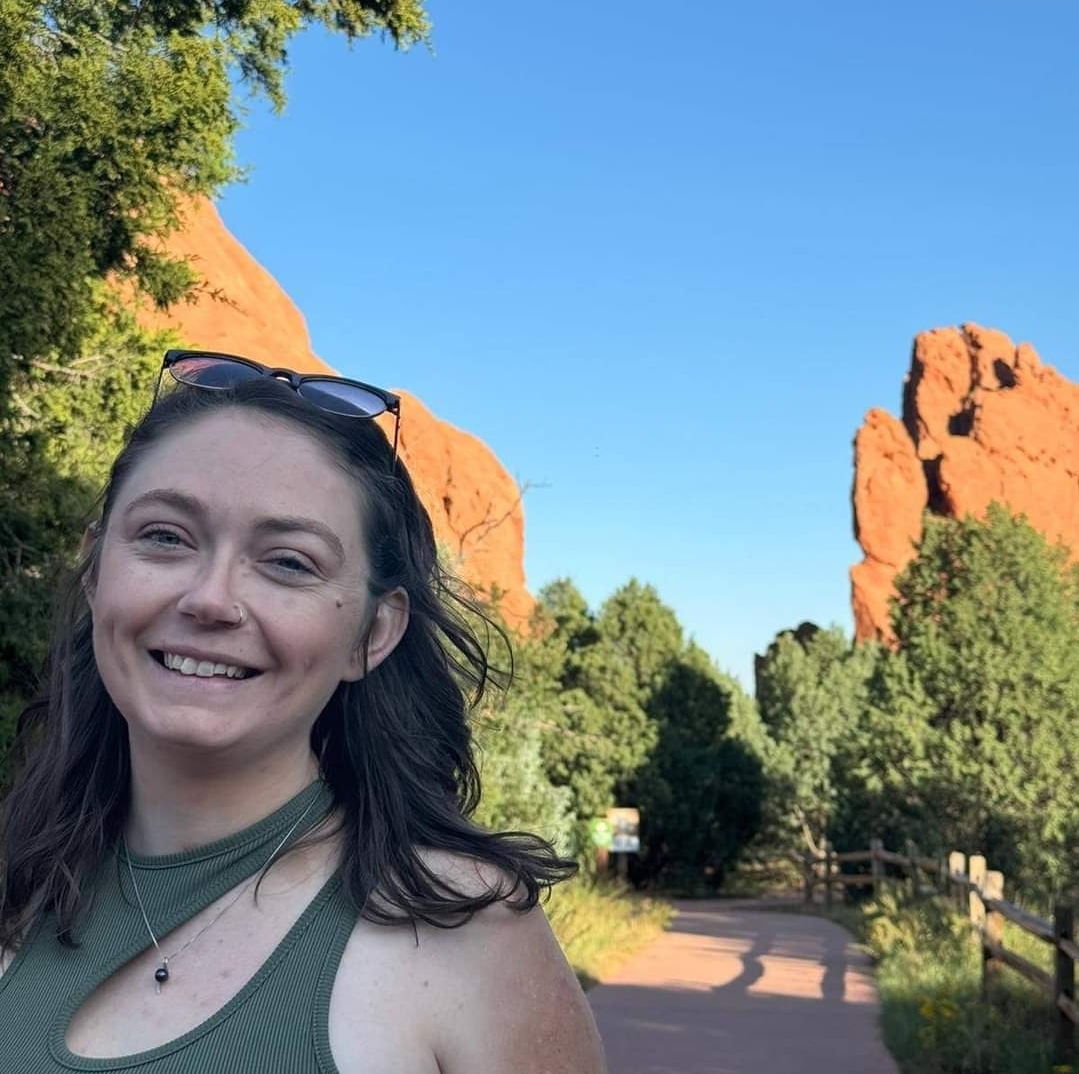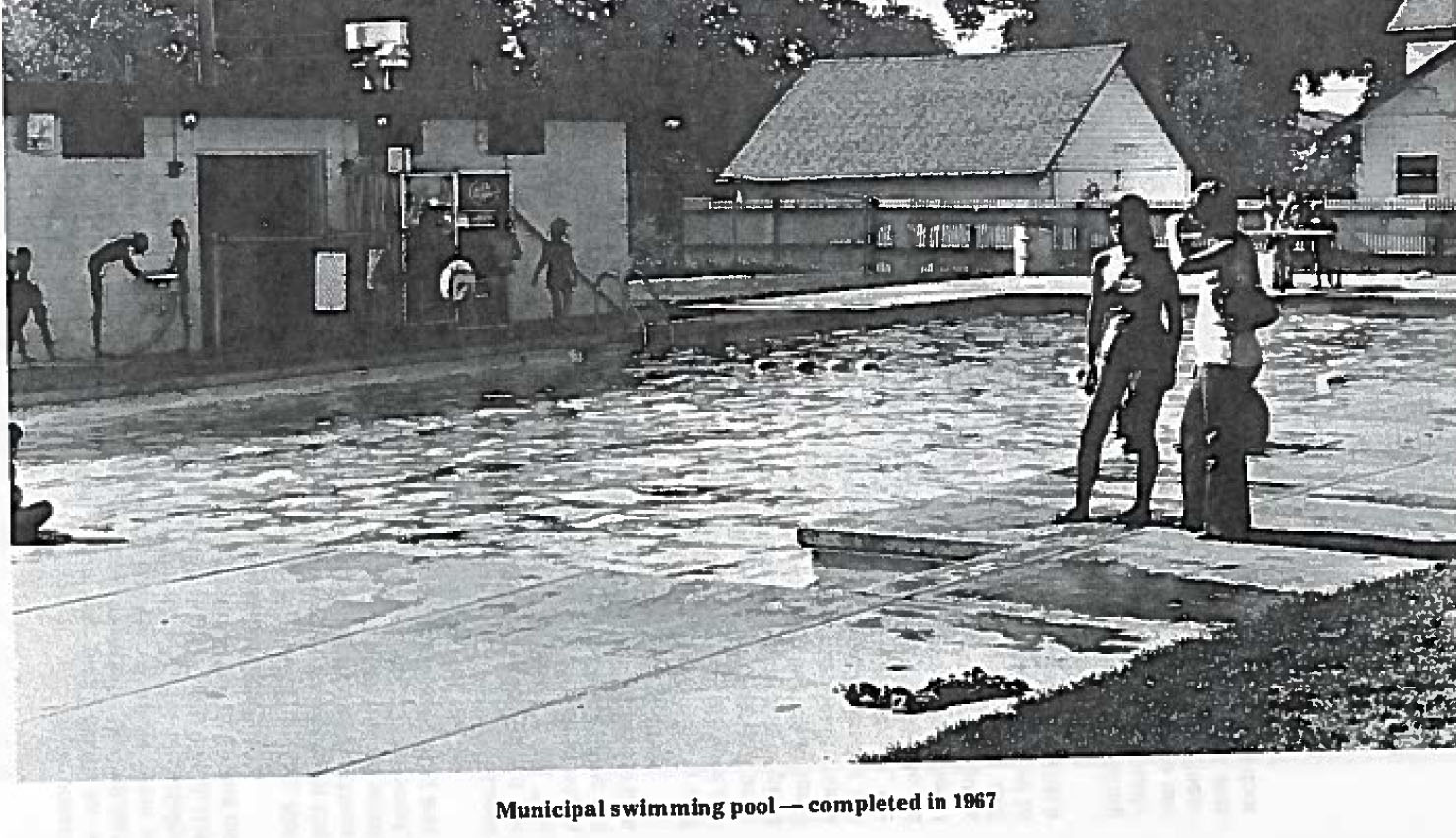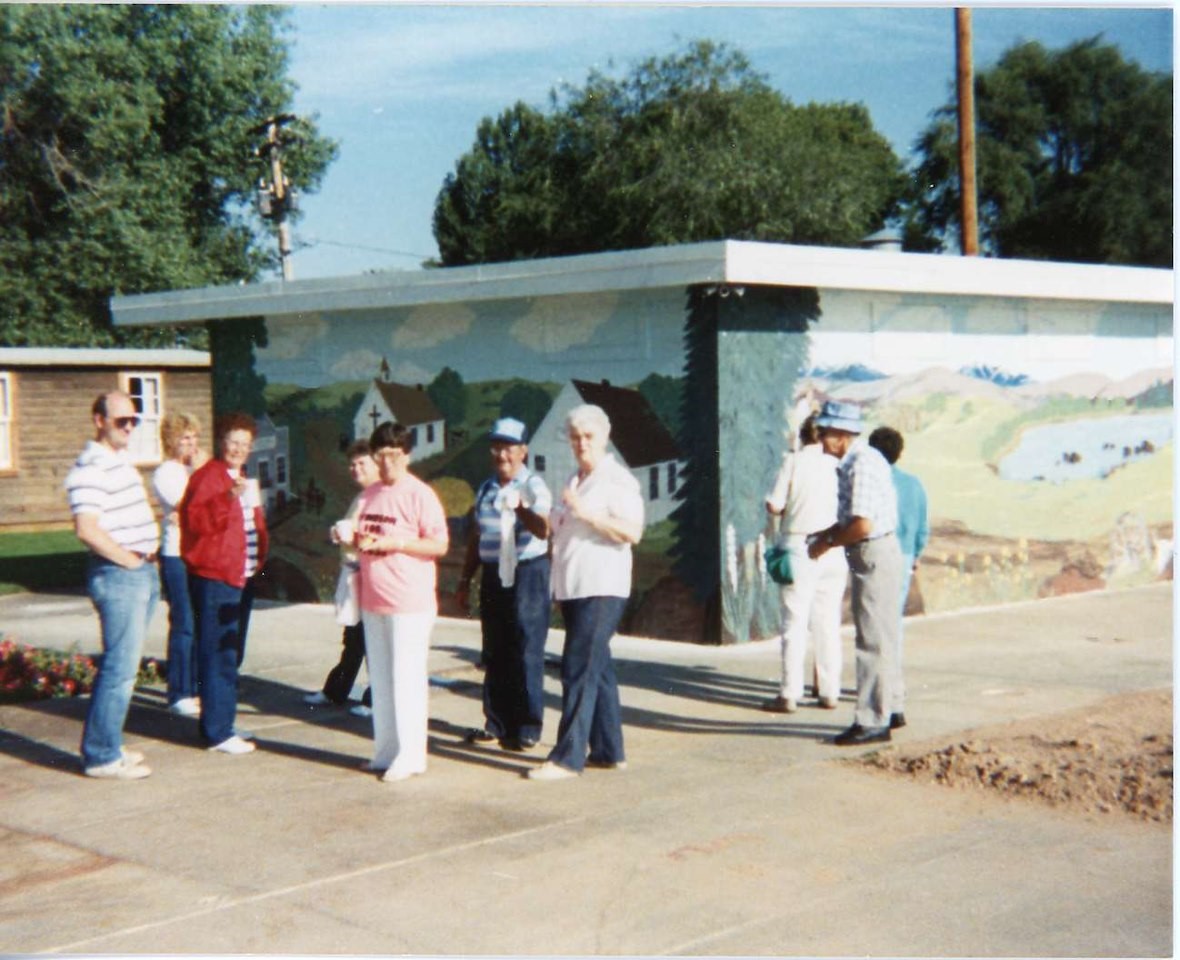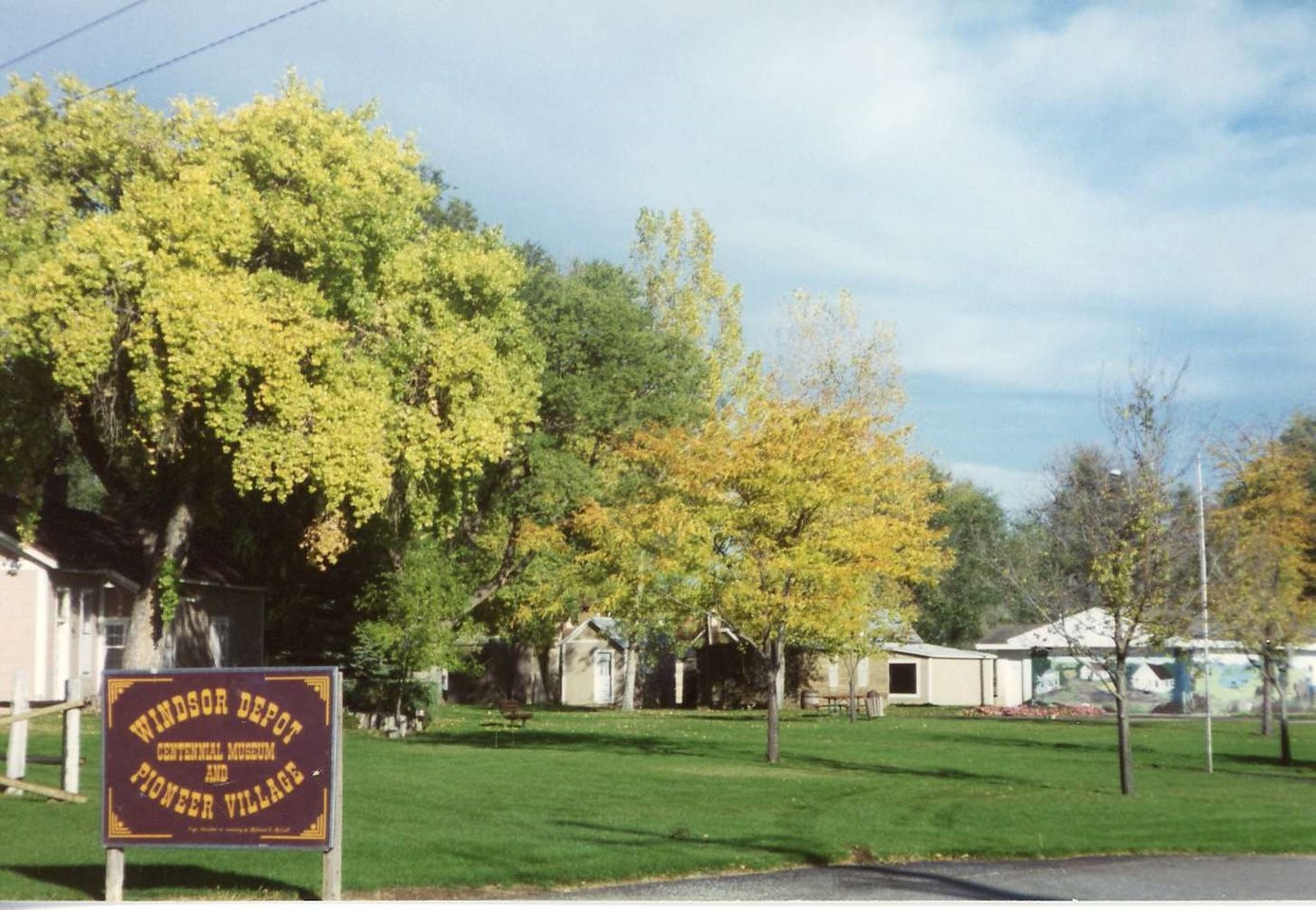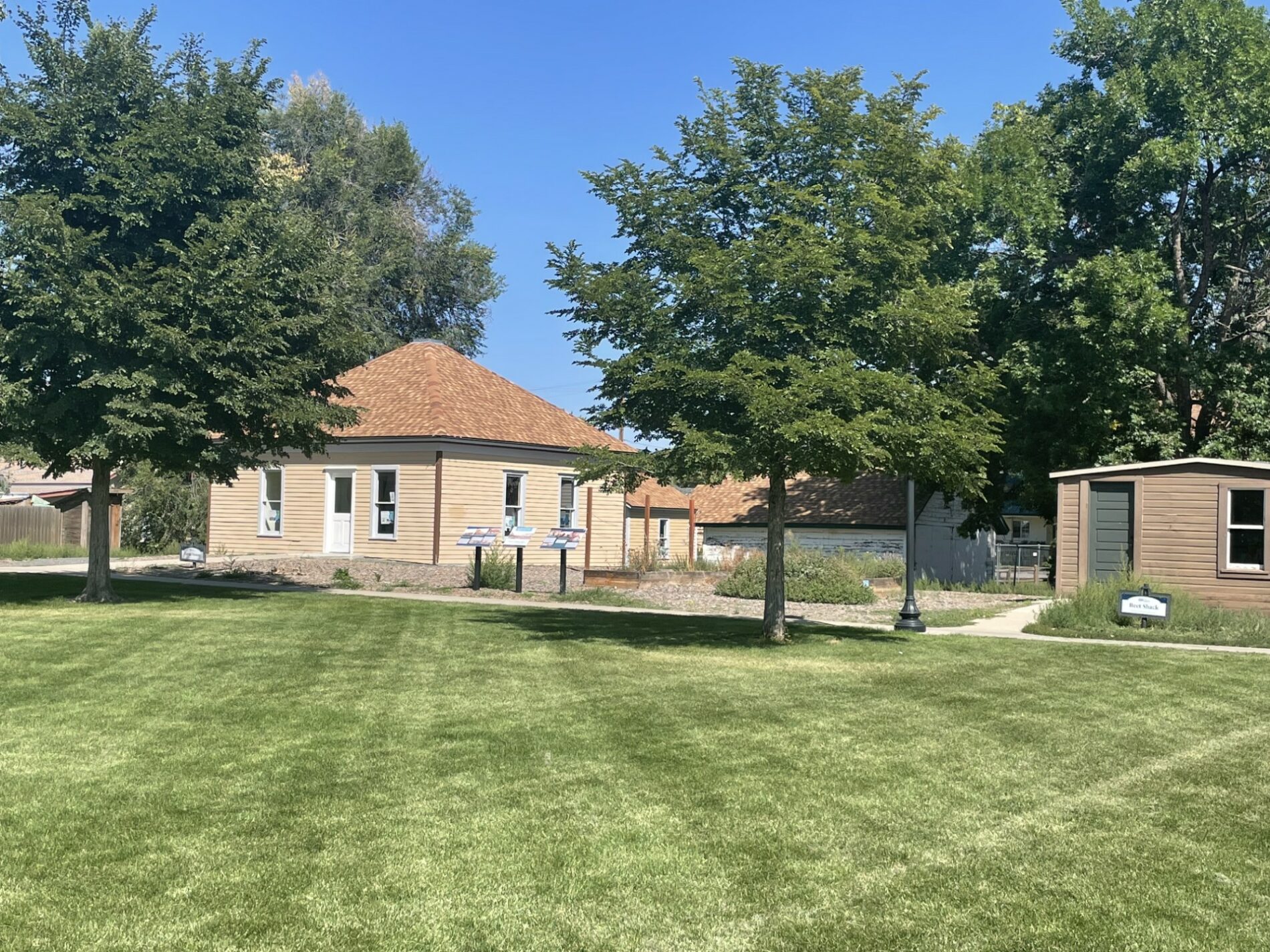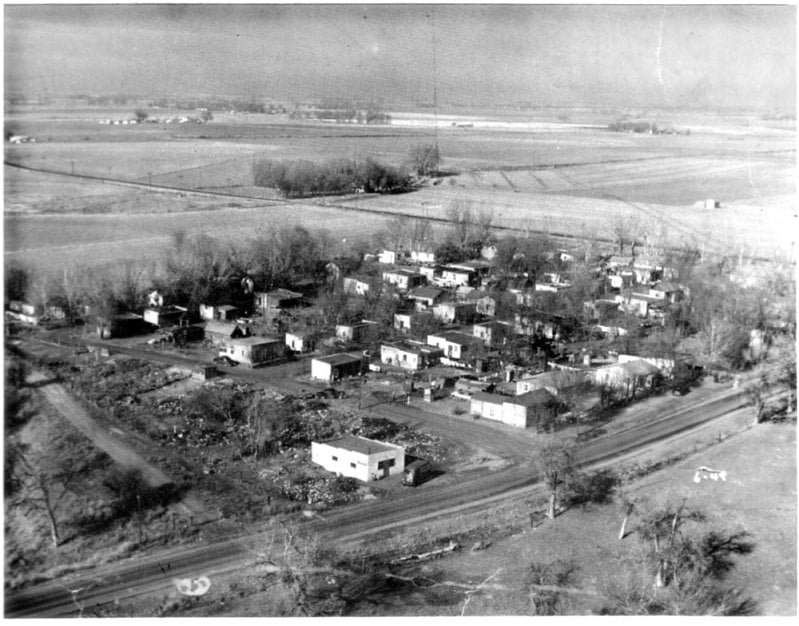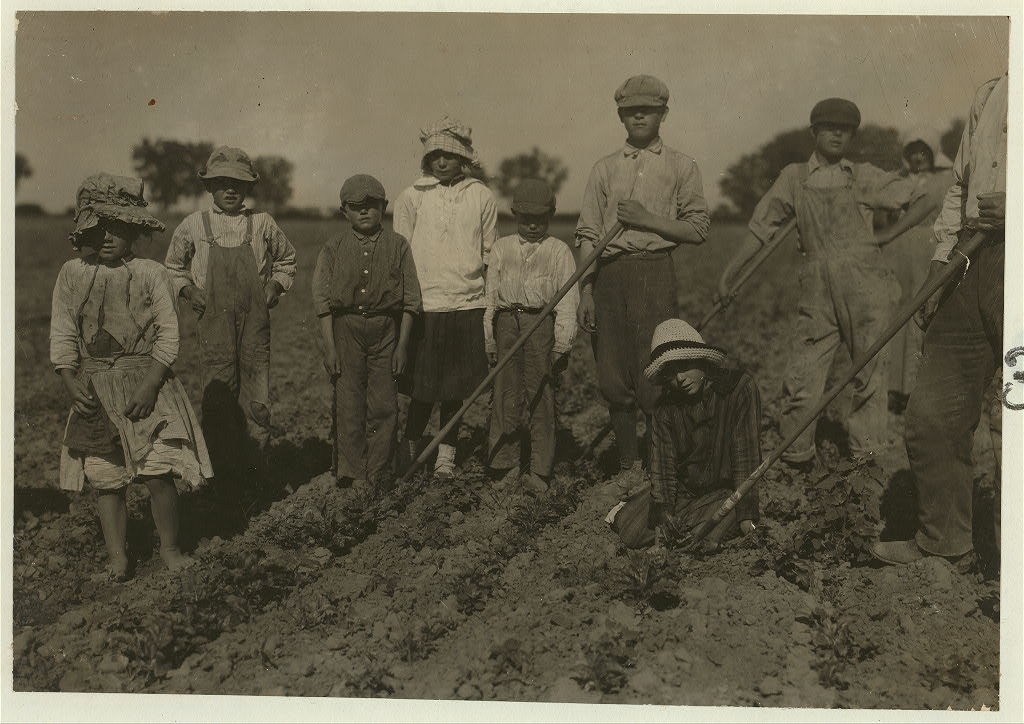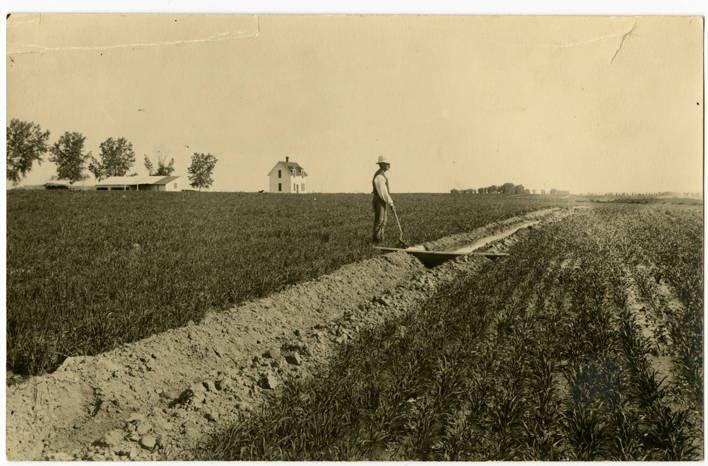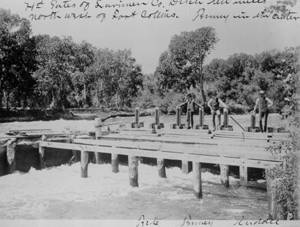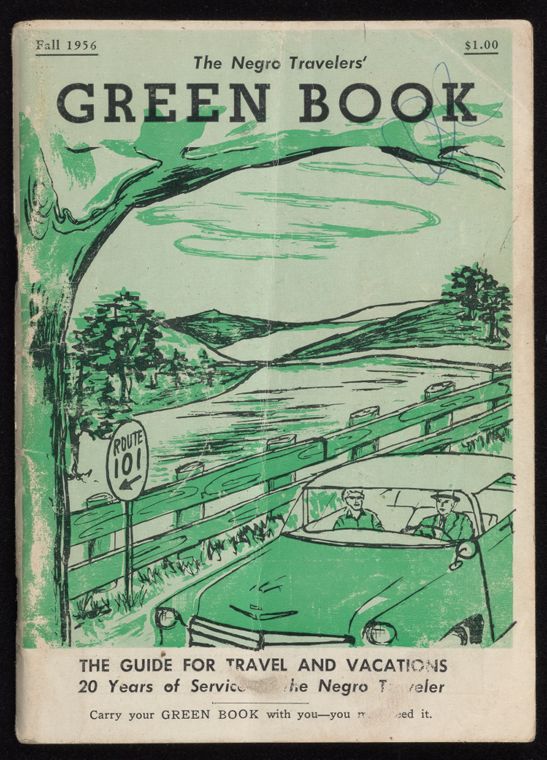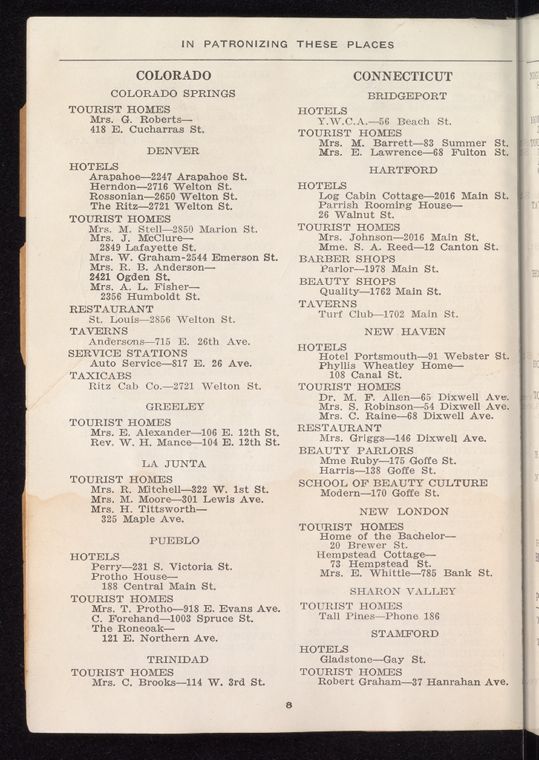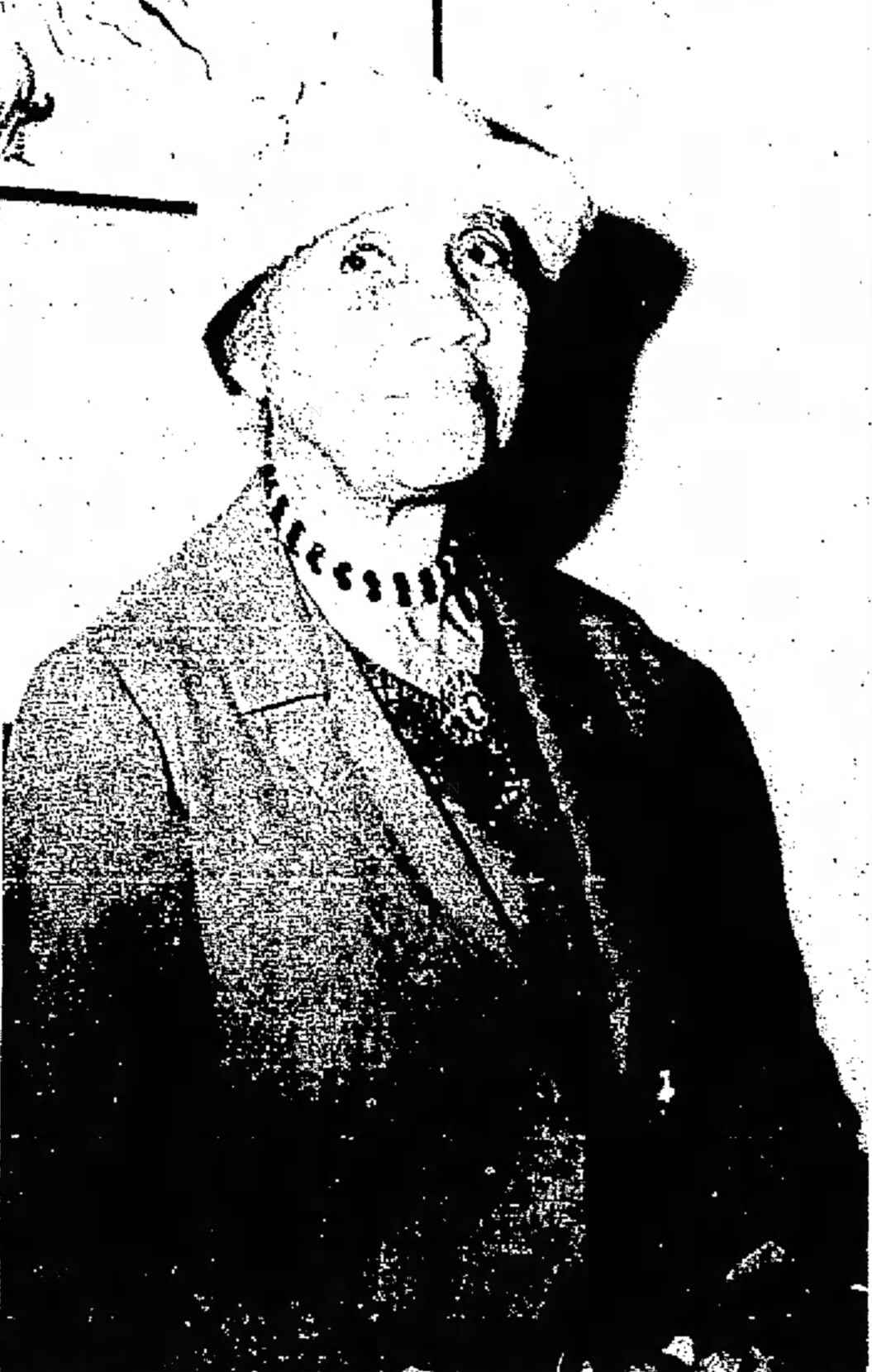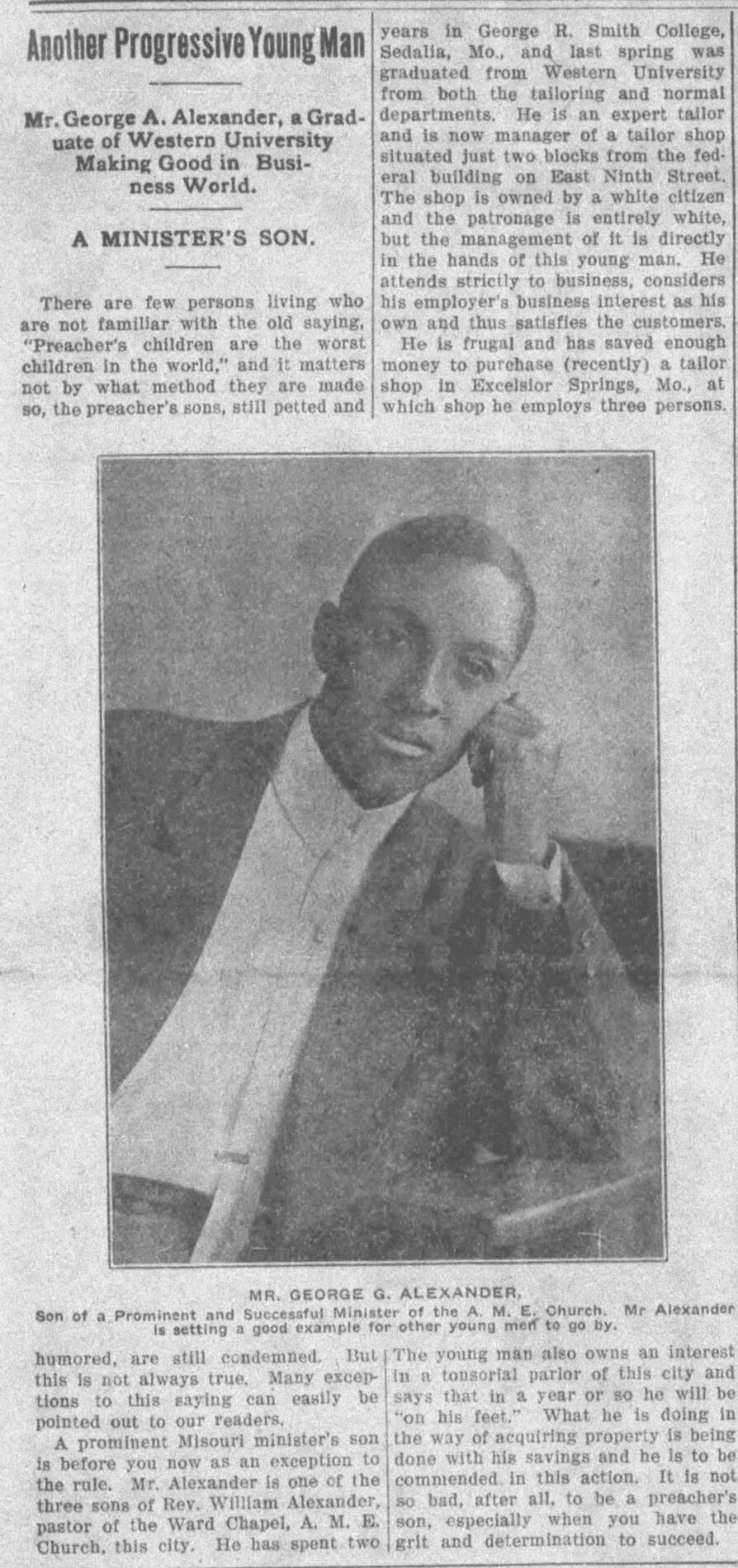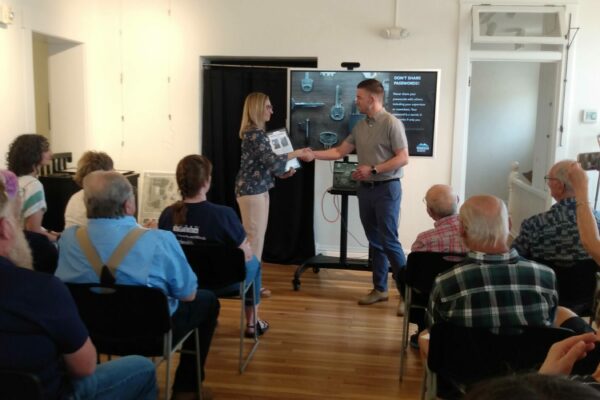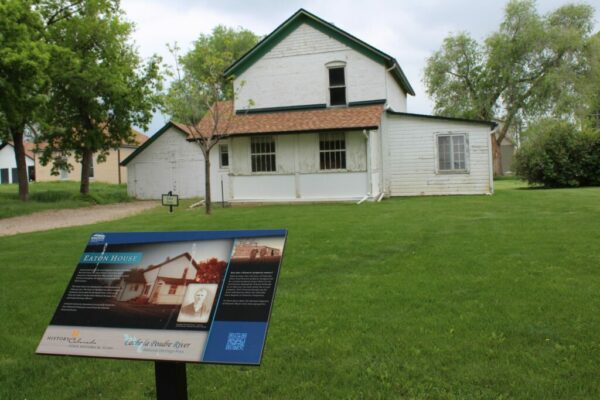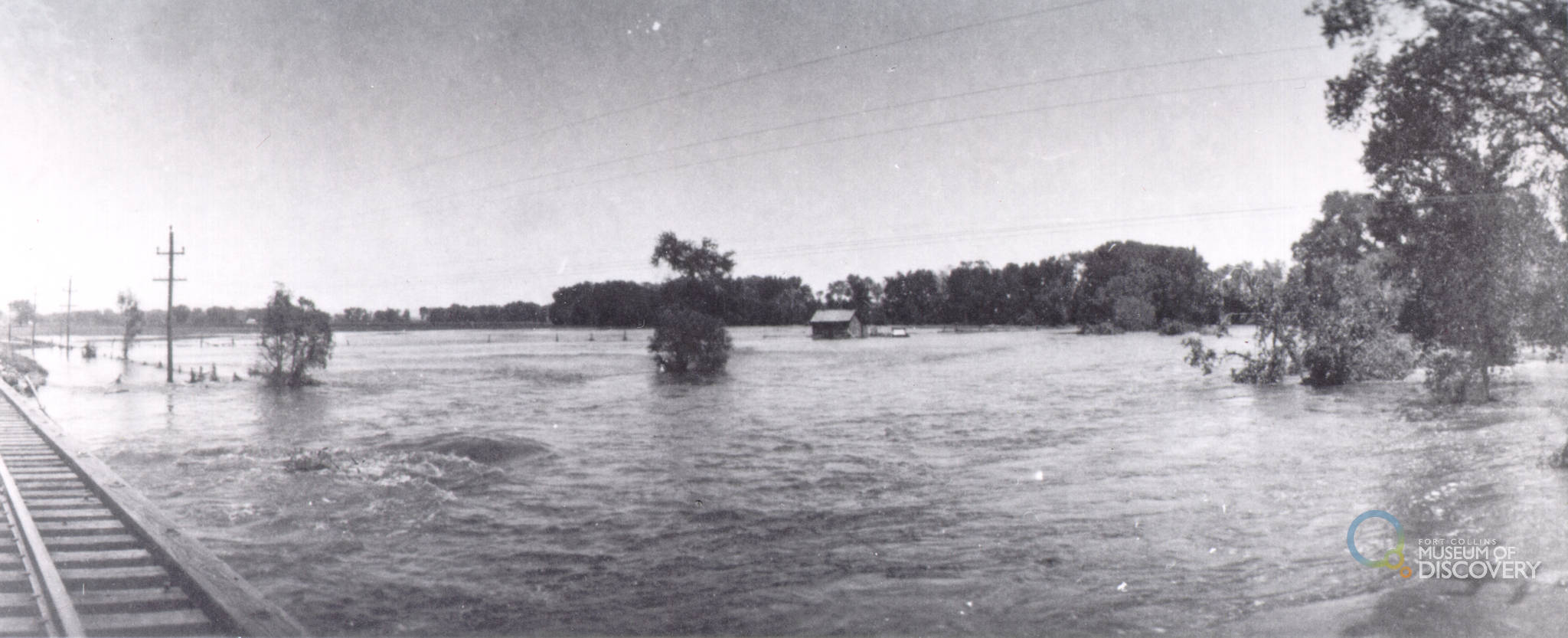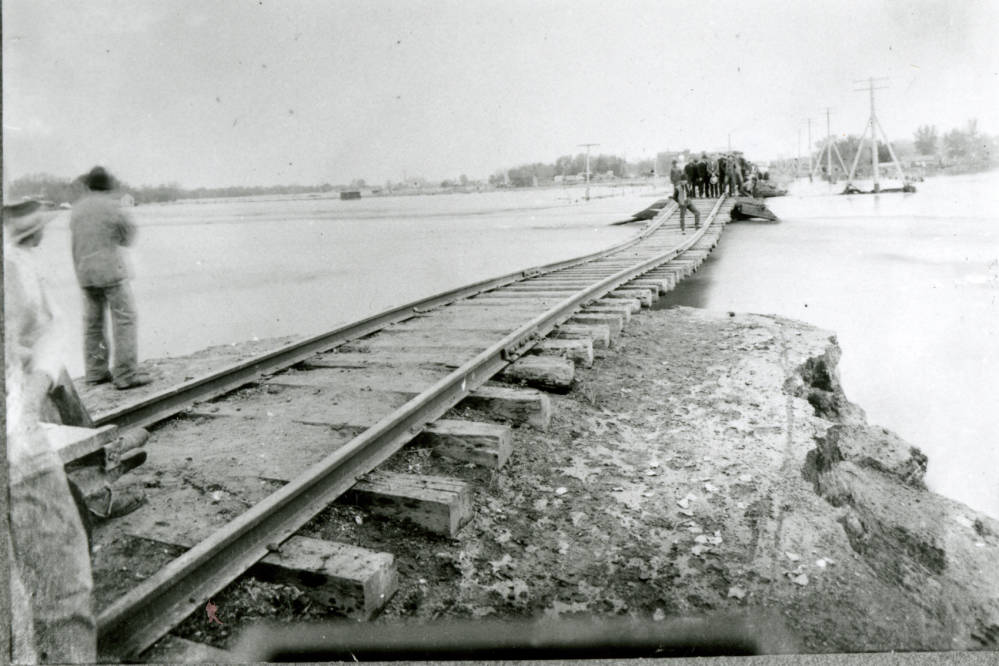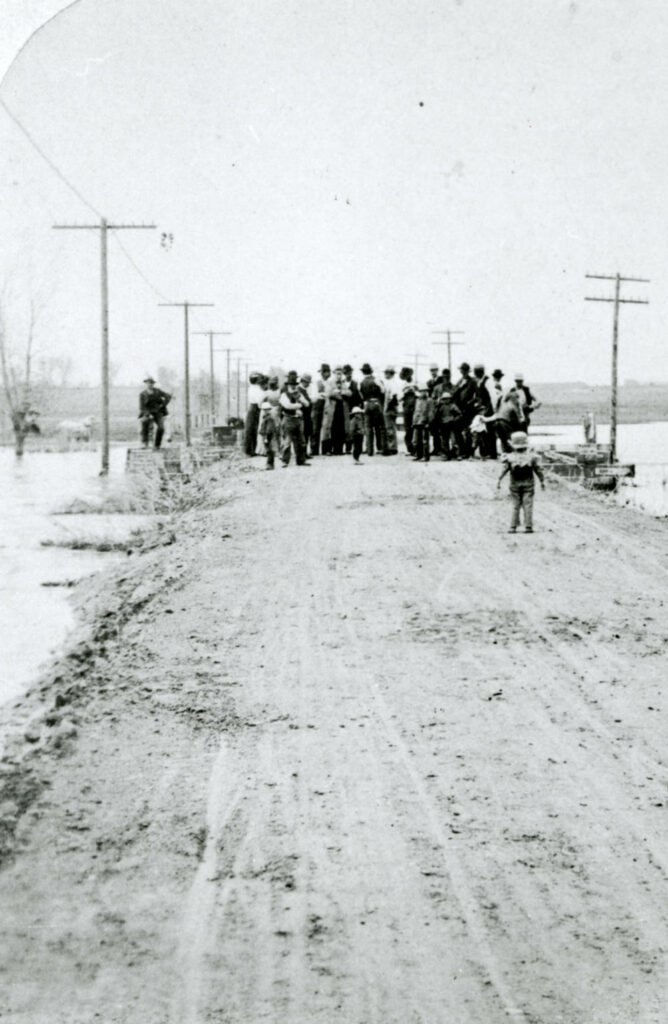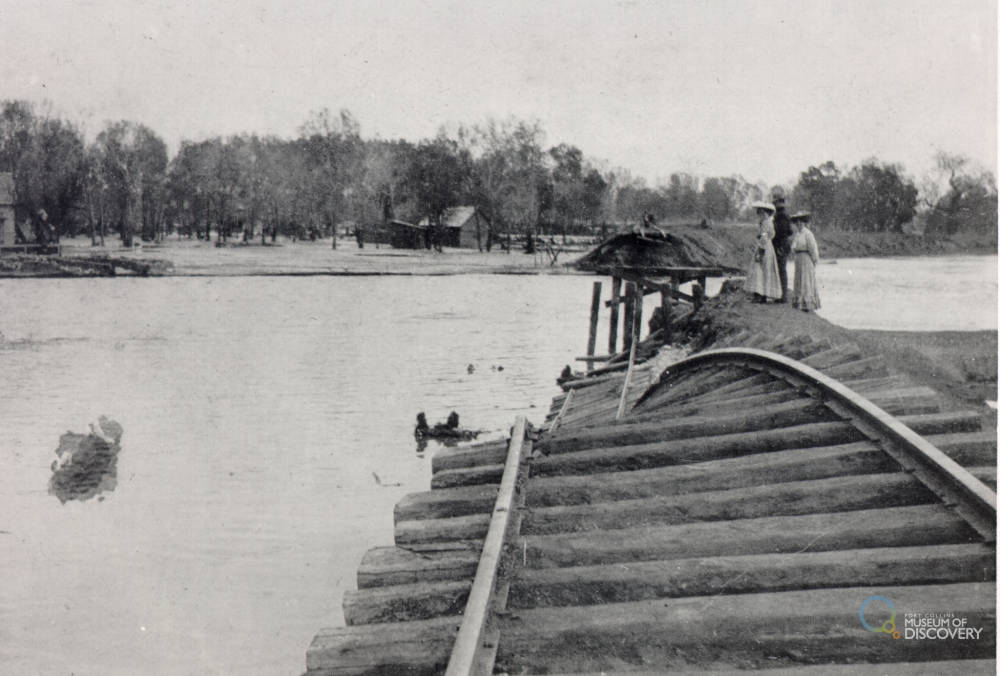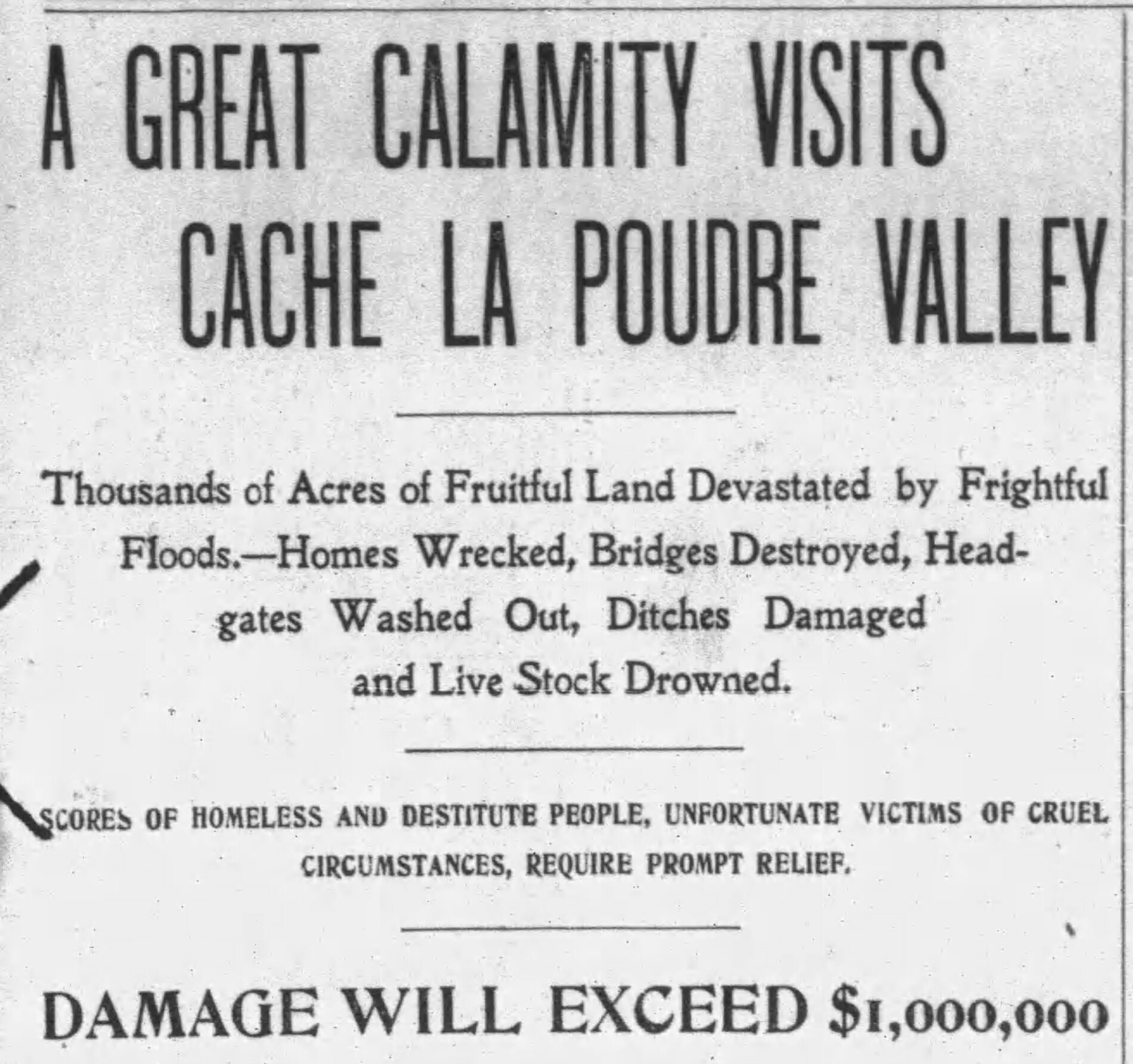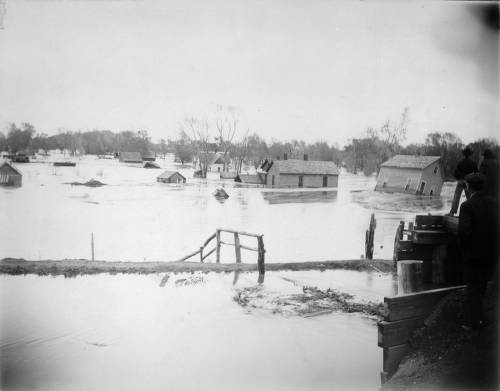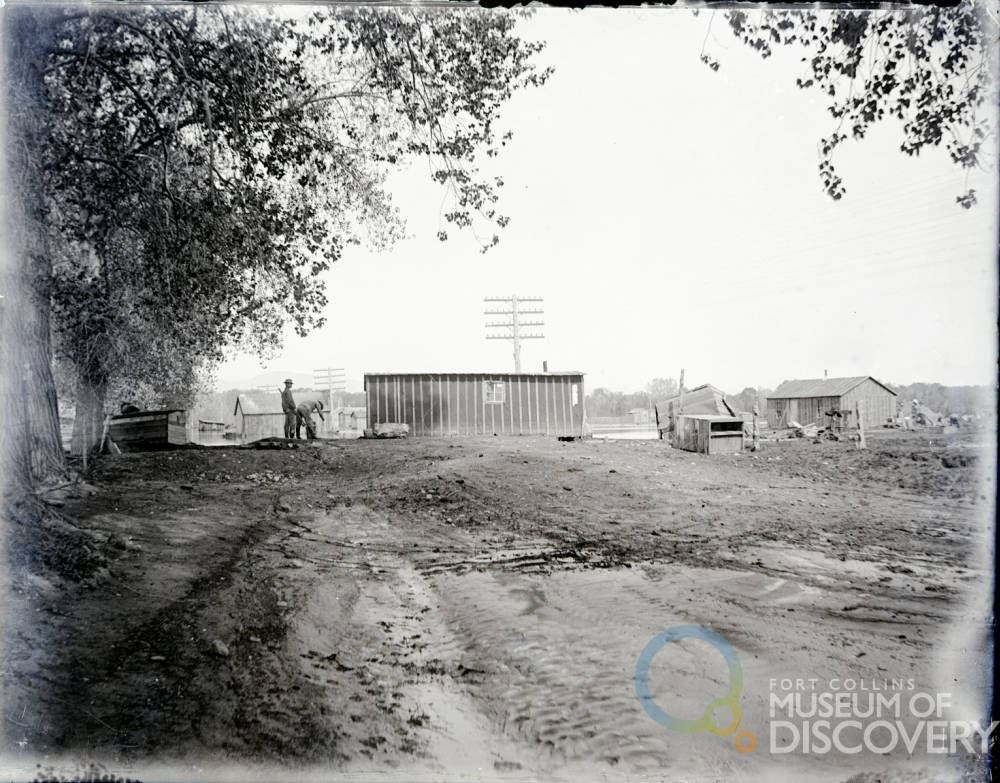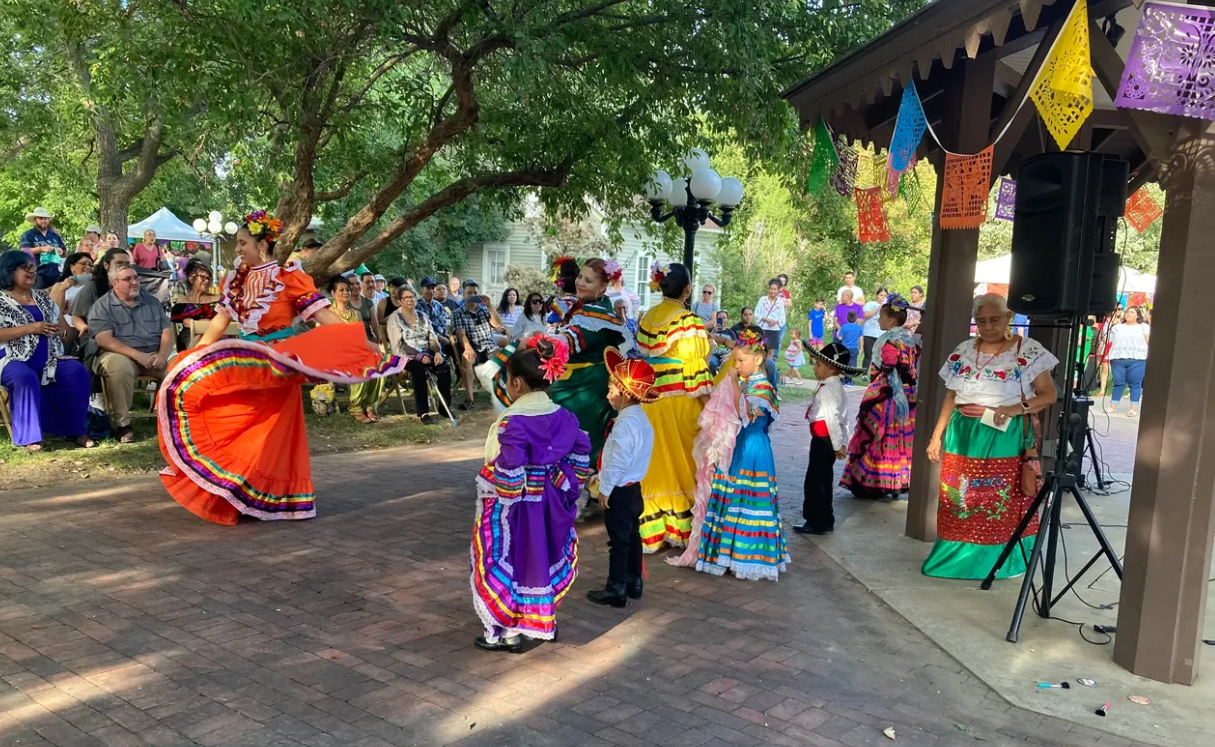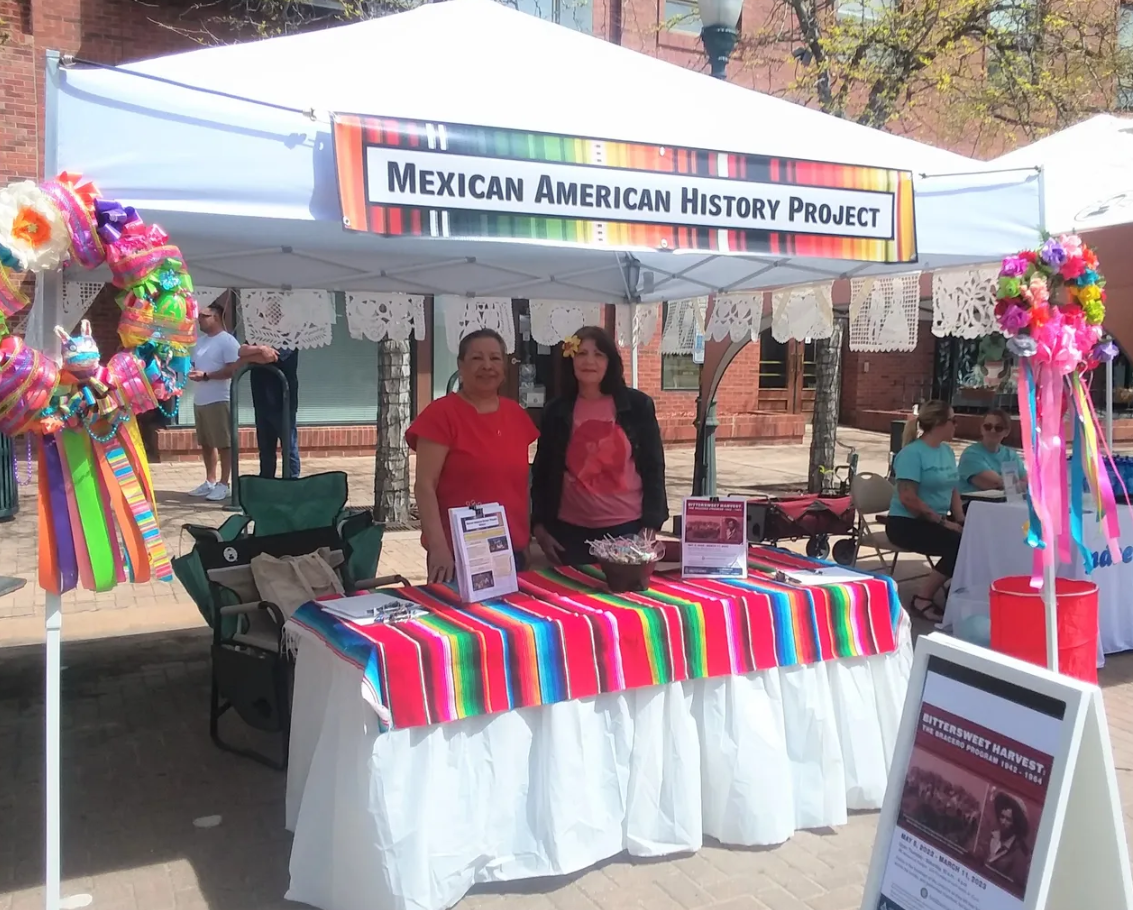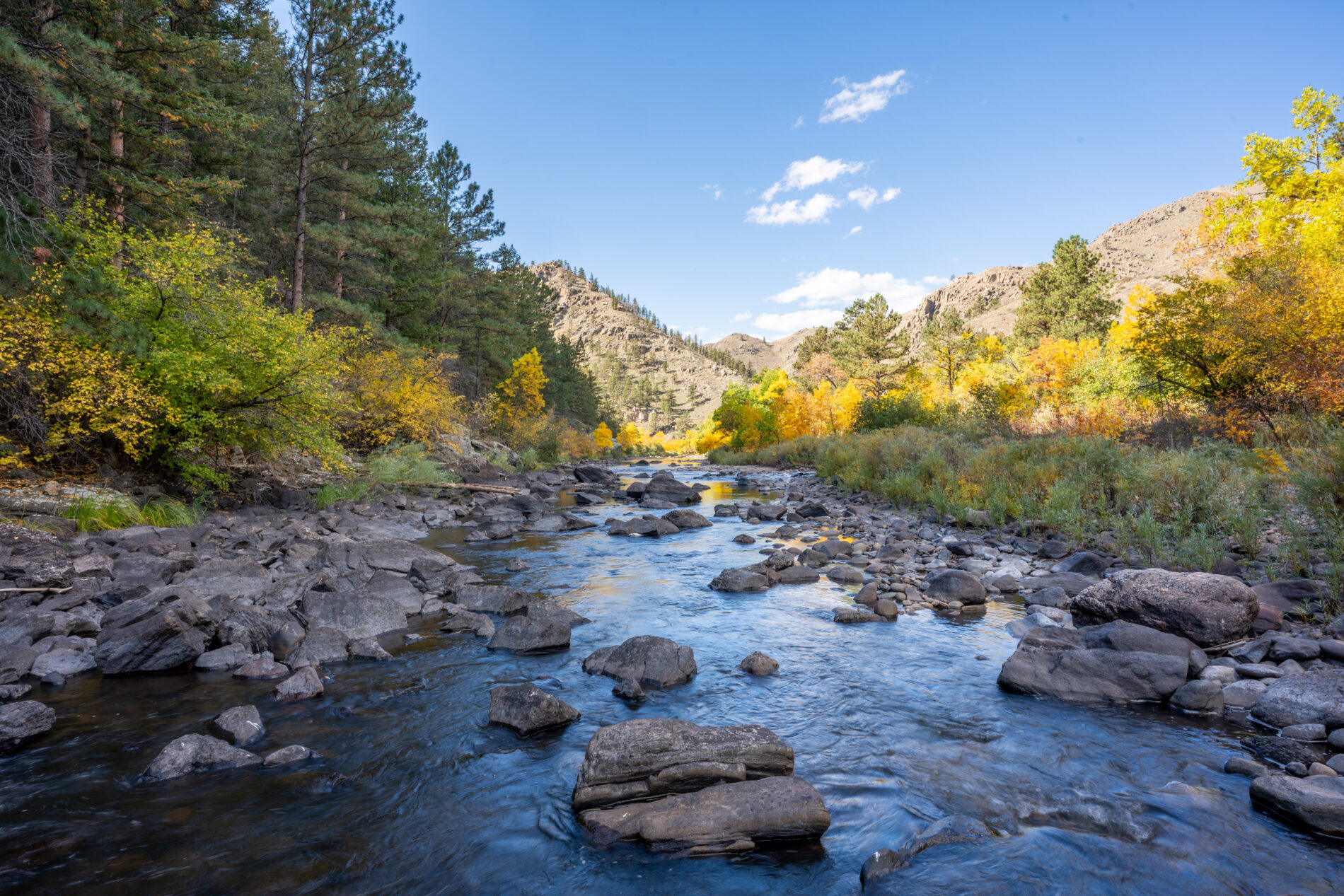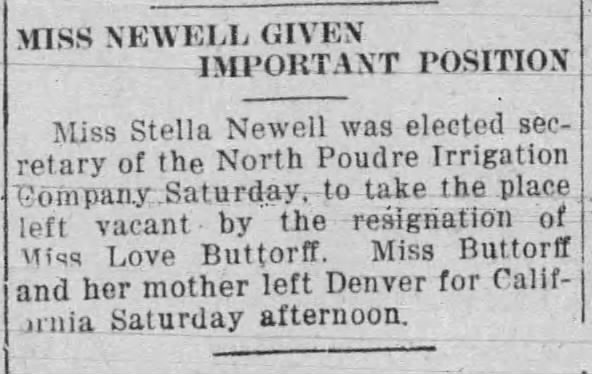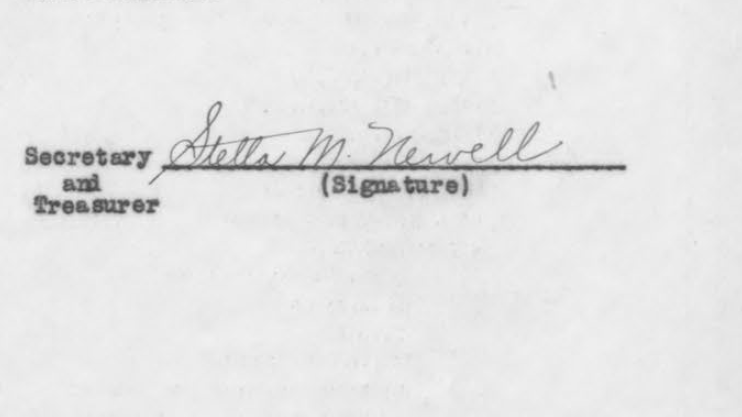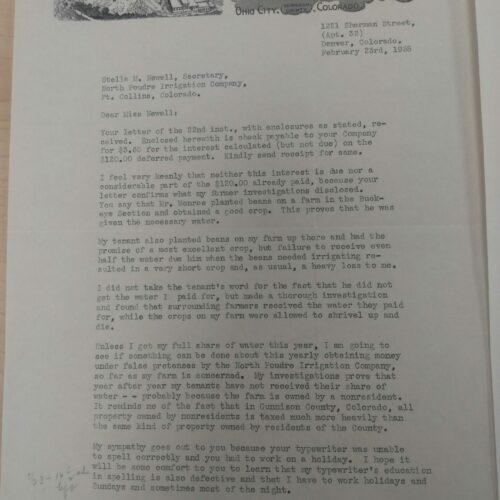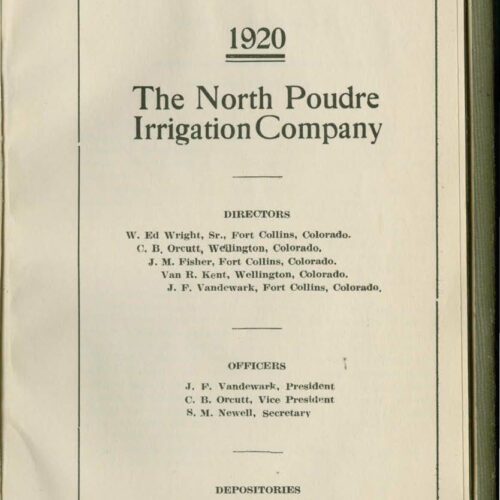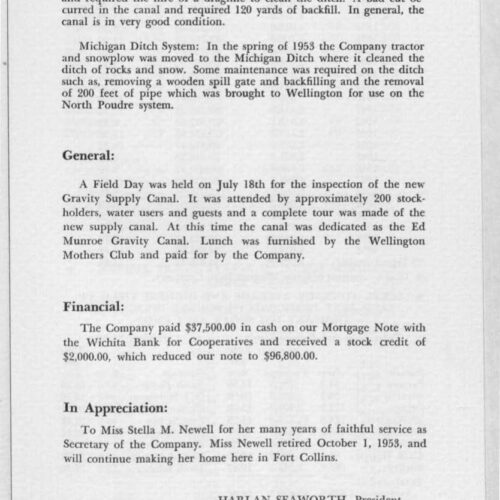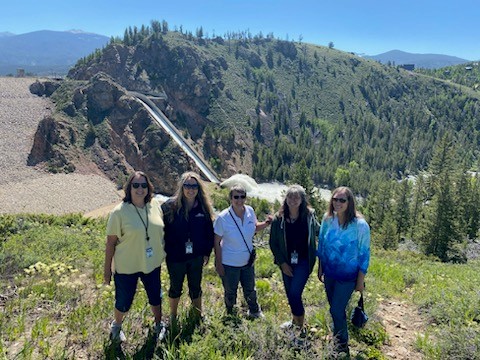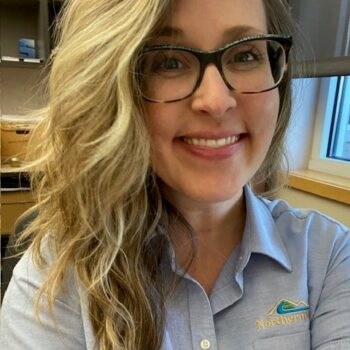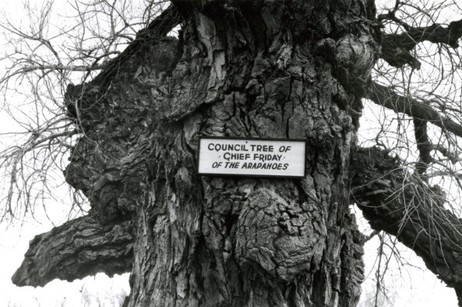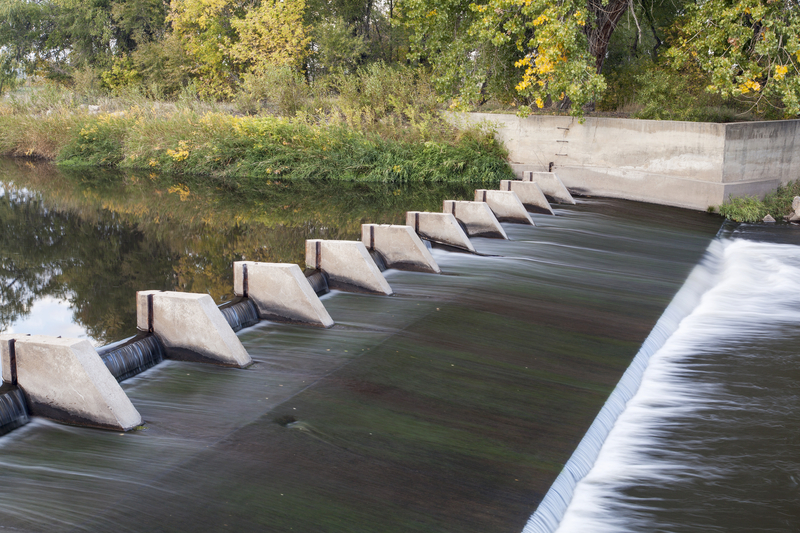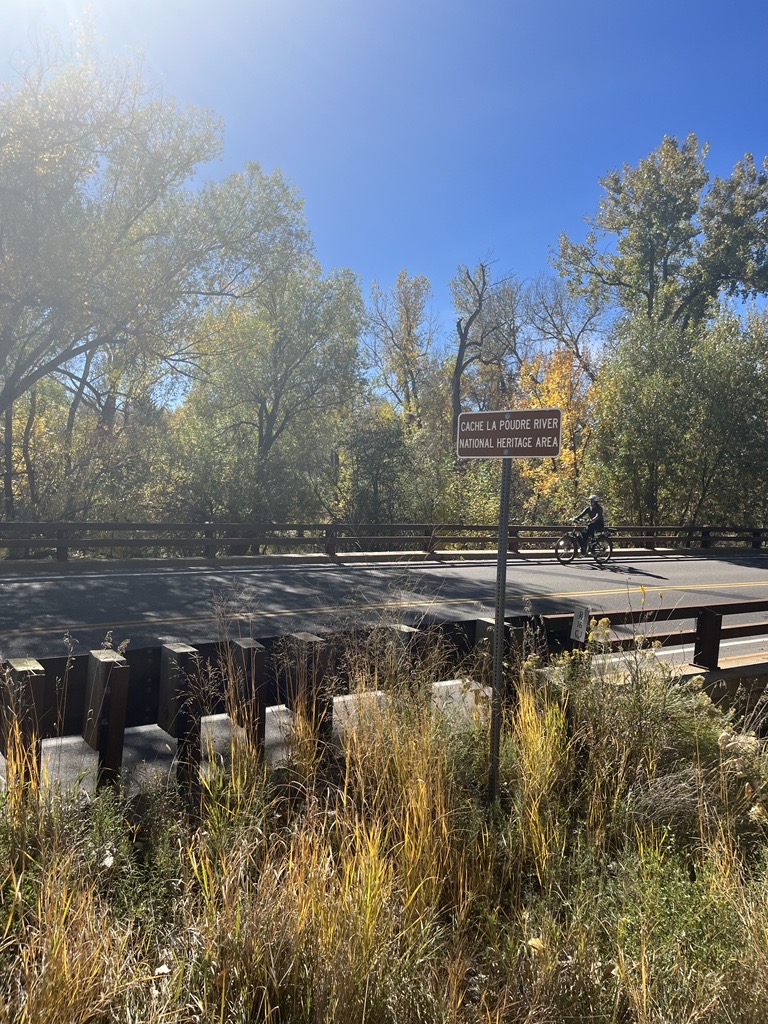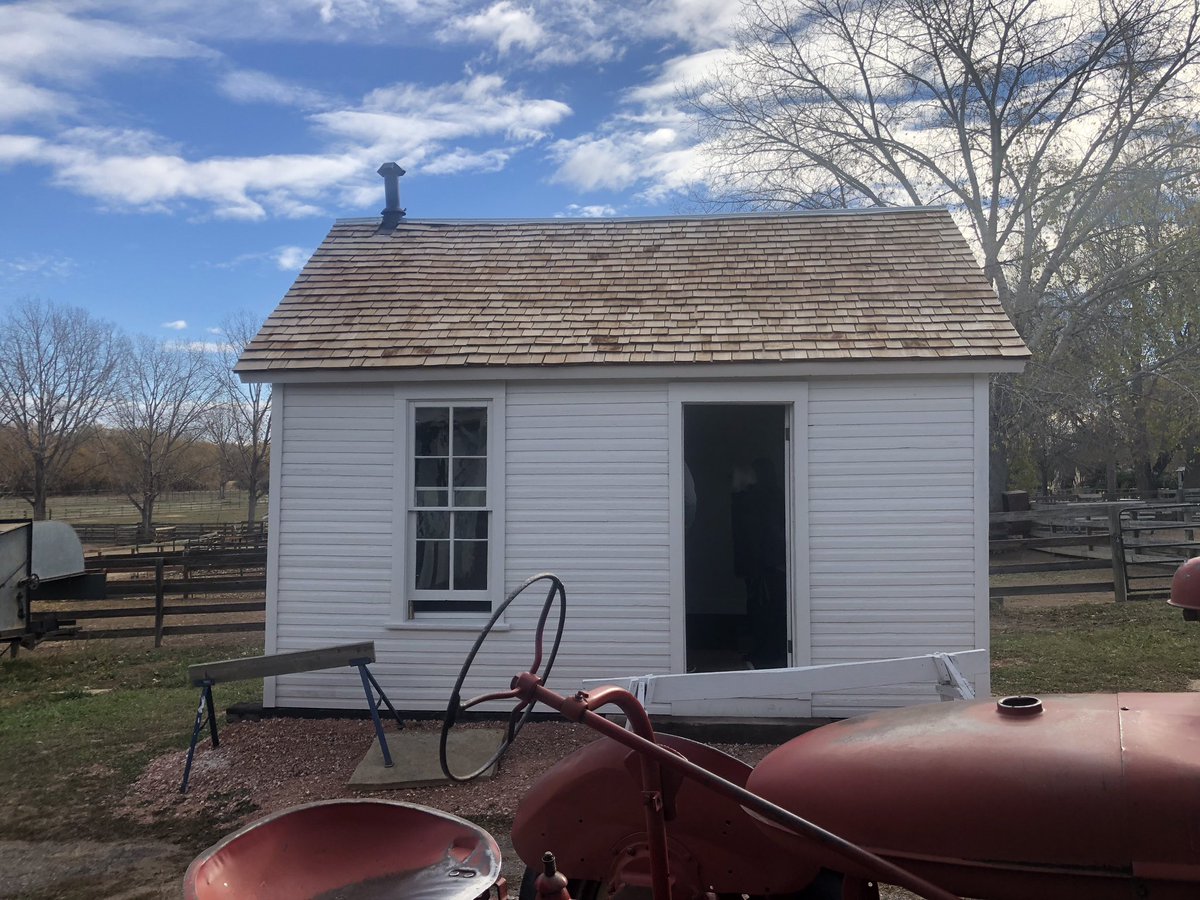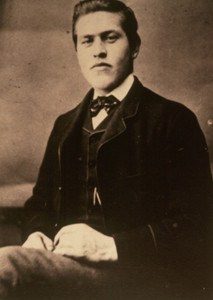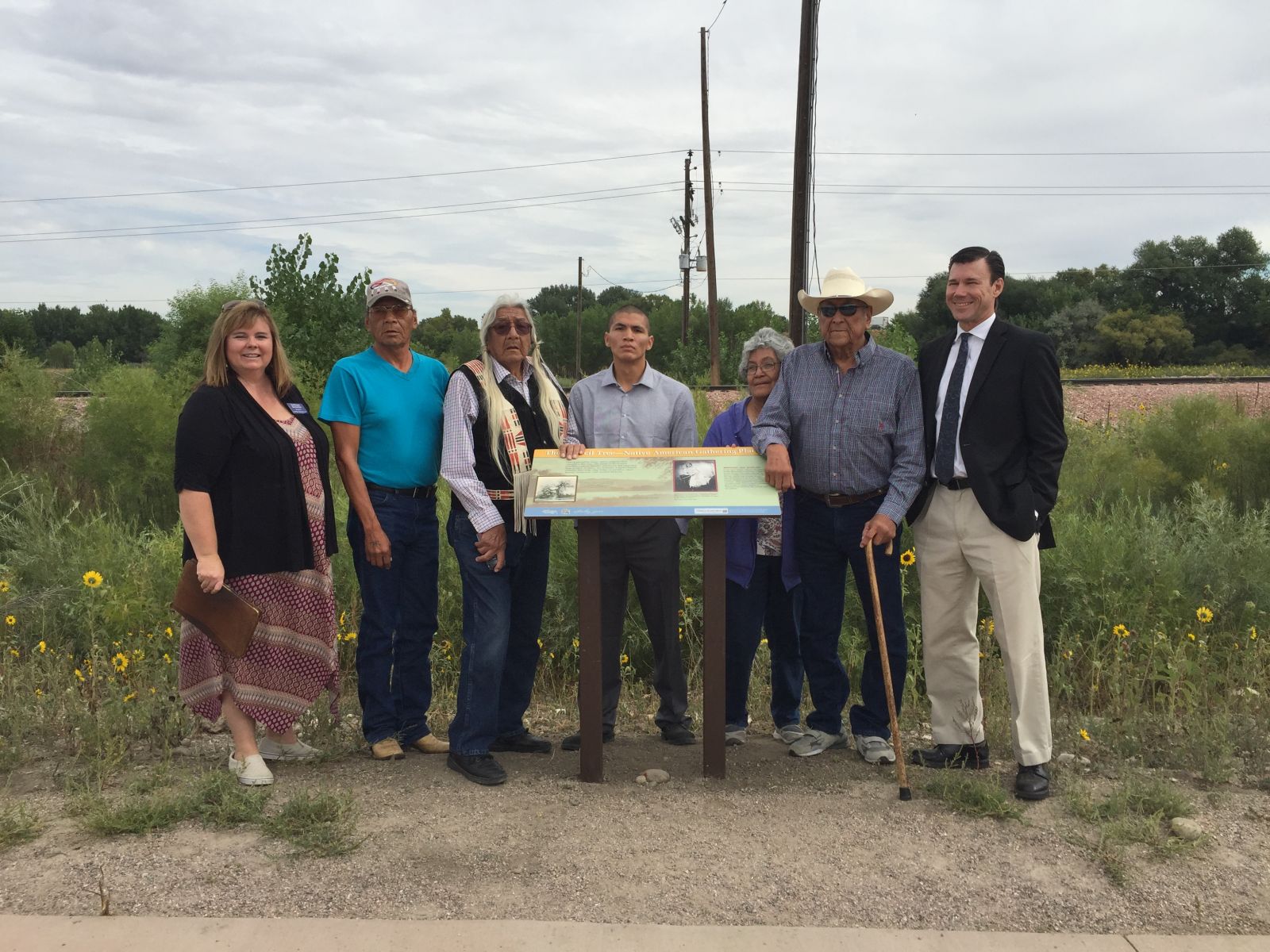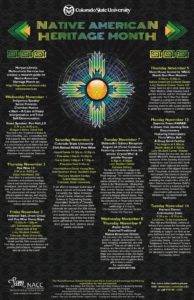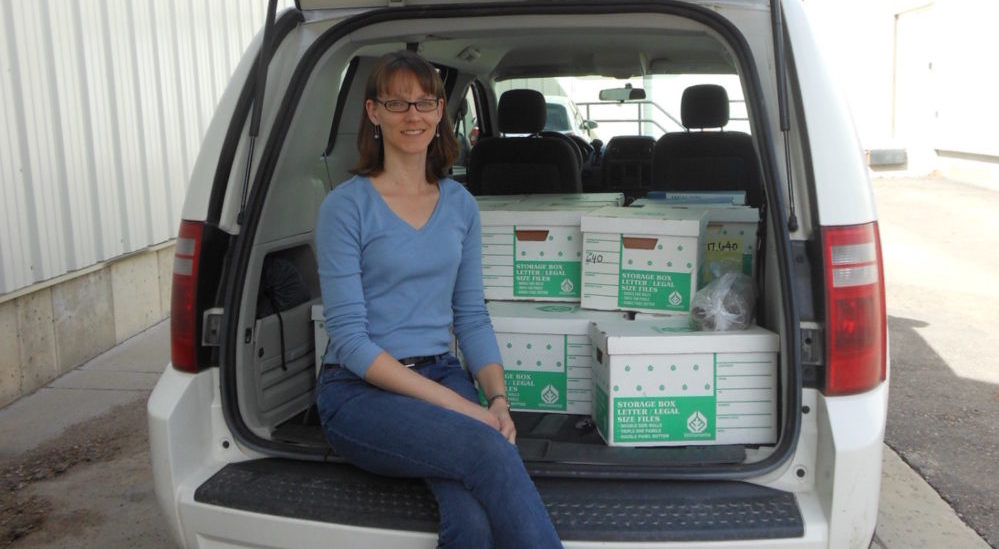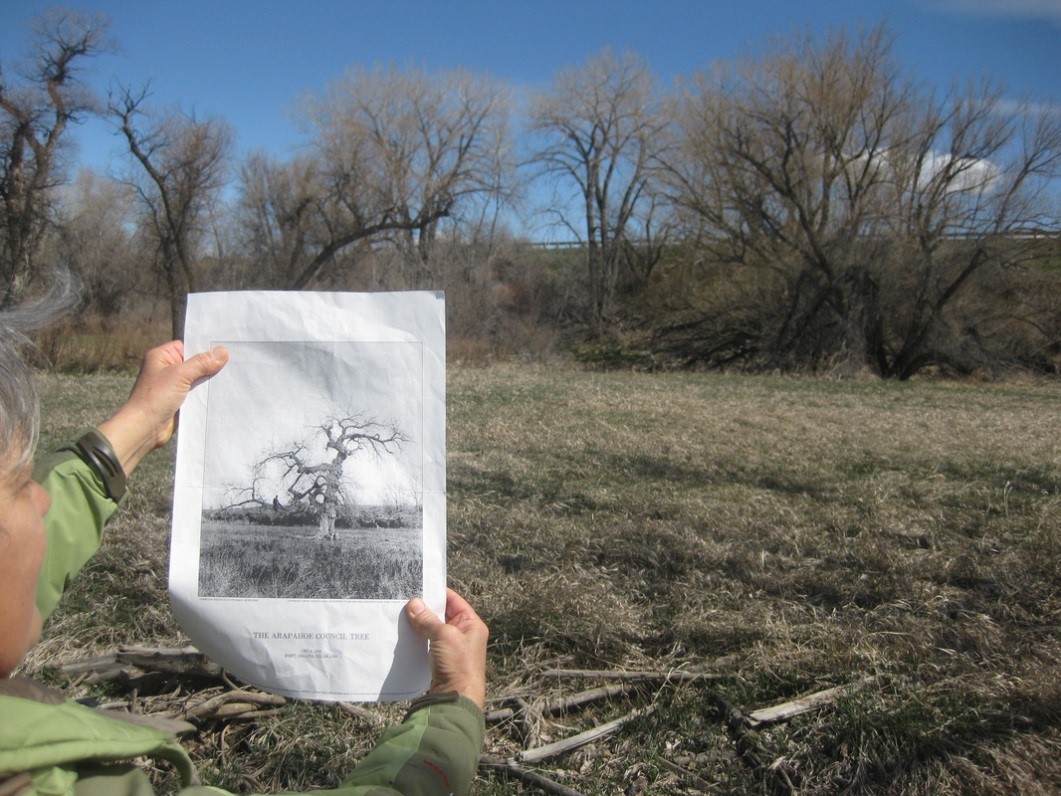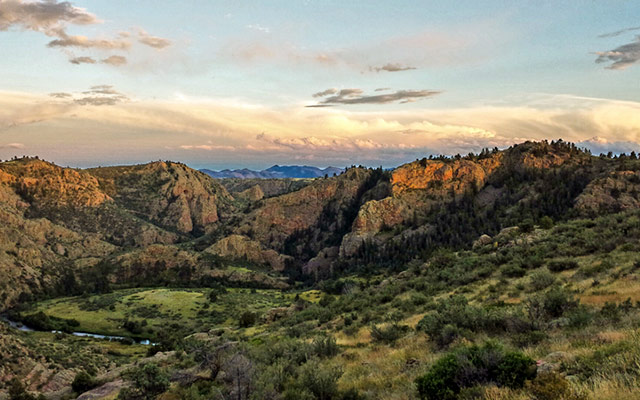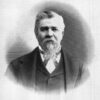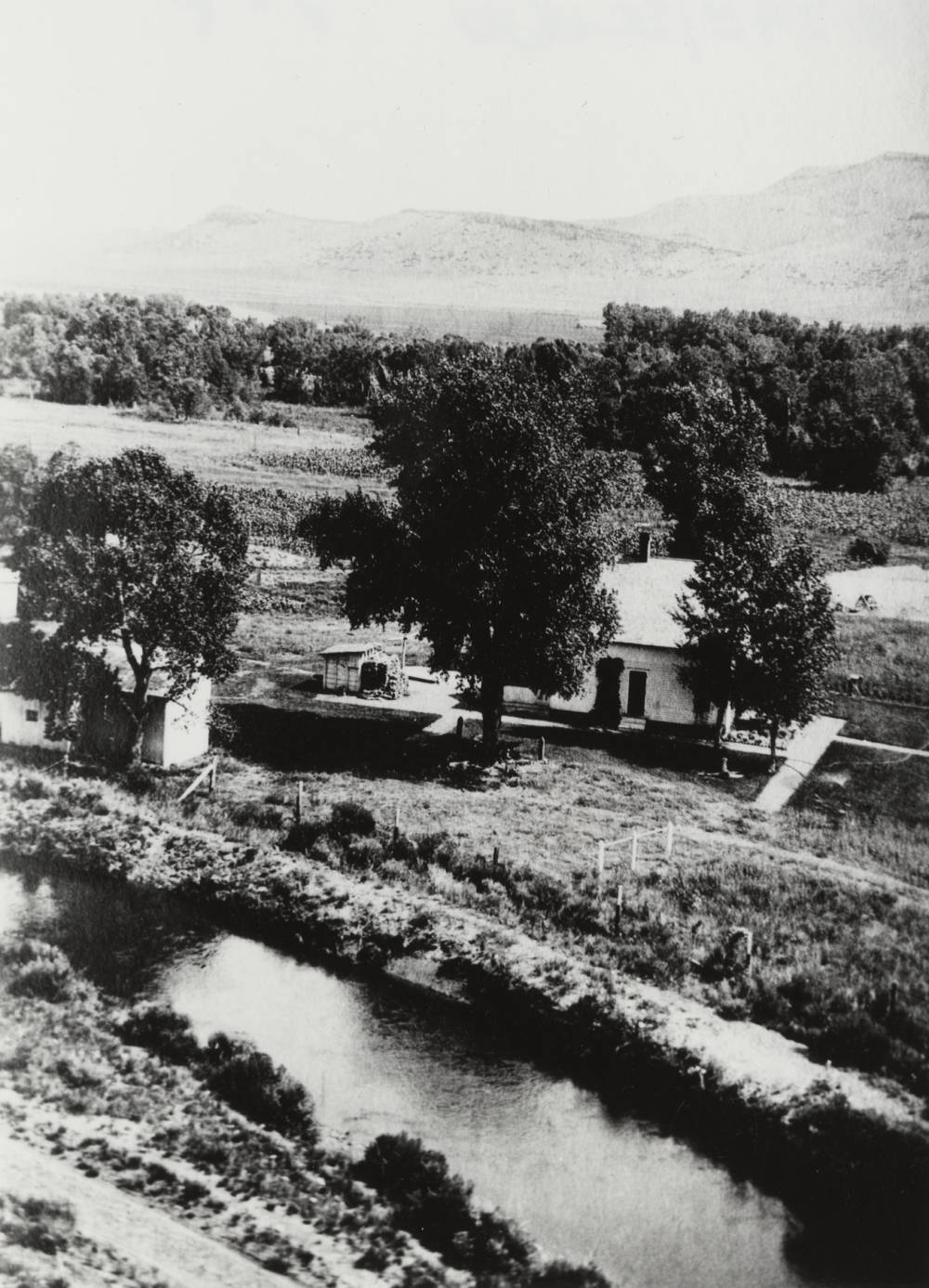
During the 19th Century, a new mode of transportation became popular in Colorado: bicycling. People started using bikes as a primary mode of transportation during their daily lives, including those working local irrigation systems. Those individuals were known as ditch riders. Read on to learn more about the importance of ditch riders and the historic ditch rider named Will Pixler.
You may be wondering, what is a ditch rider? A ditch rider is an individual who patrols and inspects irrigation systems and distributes water to farmers. Ditch riders play a critical role in the management of those irrigation systems. They are responsible for locking, unlocking, opening and closing headgates while facilitating the proper allocation of water. Most irrigation companies hire ditch riders year-round, but some work seasonally.
The day-to-day of a ditch rider has not changed dramatically over time. The work shifts are brutally long. Riders are still required to maintain the headgates and ensure proper allocations are being met.
However, there have been a few changes to the lives of ditch riders that make their jobs a bit easier. Historic ditch riders like Pixler sometimes used bicycles to follow their designated route and check headgates. He would use a retractable measuring tape to manually estimate the water’s depth and flow.
Today, ditch inspections look a little different. The invention of the Parshall Flume in 1922 allowed for accurate water flow readings without a measuring tape. With advancements in technology, now some of the headgates have technology that automatically measures the water levels. Horses are still used as a source of transportation for ditch riders, but by the mid-twentieth century, motorized vehicles became the main means of accessing headgates and sites.
Why is the role of a ditch rider so crucial? It traces back to the 1874 water dispute in Northern Colorado, when Agricultural Colony (now Fort Collins) diverted water from the Poudre River during the drought of 1874 into their own irrigation canals, depriving their downstream neighbors, Union Colony (now Greeley), of any water. Ditch riders are responsible for patrolling the ditches and inspecting headgates to ensure that the correct amount of water is distributed and that no one is taking more than their allotted share.
The riders, their skilled labor, and technological knowledge, continue to shape agricultural heritage into the present day. Let’s consider the work of ditch riders through exploration of some historic artifacts from our emerging educator kits! The one featured below is the Will Pixler Ditch Rider kit, exploring the day-to-day of a ditch rider in historic times.
Our National Heritage Area’s partnership with the National Park Foundation in the Learning in Our Watershed program brings local students the opportunity to interact with real artifacts, sources, and stories regarding the Cache la Poudre River’s people and history through our Educator Collections and Kits.
The Pedaling the Poudre Collection explores the intersections of technological innovation, women’s history, social history, and more surrounding the popularization of bicycles during the turn of the nineteenth and twentieth centuries. Checkout requests for these educator kits are now open and can be submitted at here.
References
Waskom, Marx, Wolfe and Wallace. “Irrigation Ditches and their Operation.” Natural Resources Series. Fact Sheet No. 6.701. https://extension.colostate.edu/topic-areas/natural-resources/irrigation-ditches-and-their-operation-6-701/
“Will Pixler, the ditch rider, makes his trips on a bicycle.” Fort Collins Courier, July 8, 1894.
Water Supply & Storage Company – Public and Environmental History Center
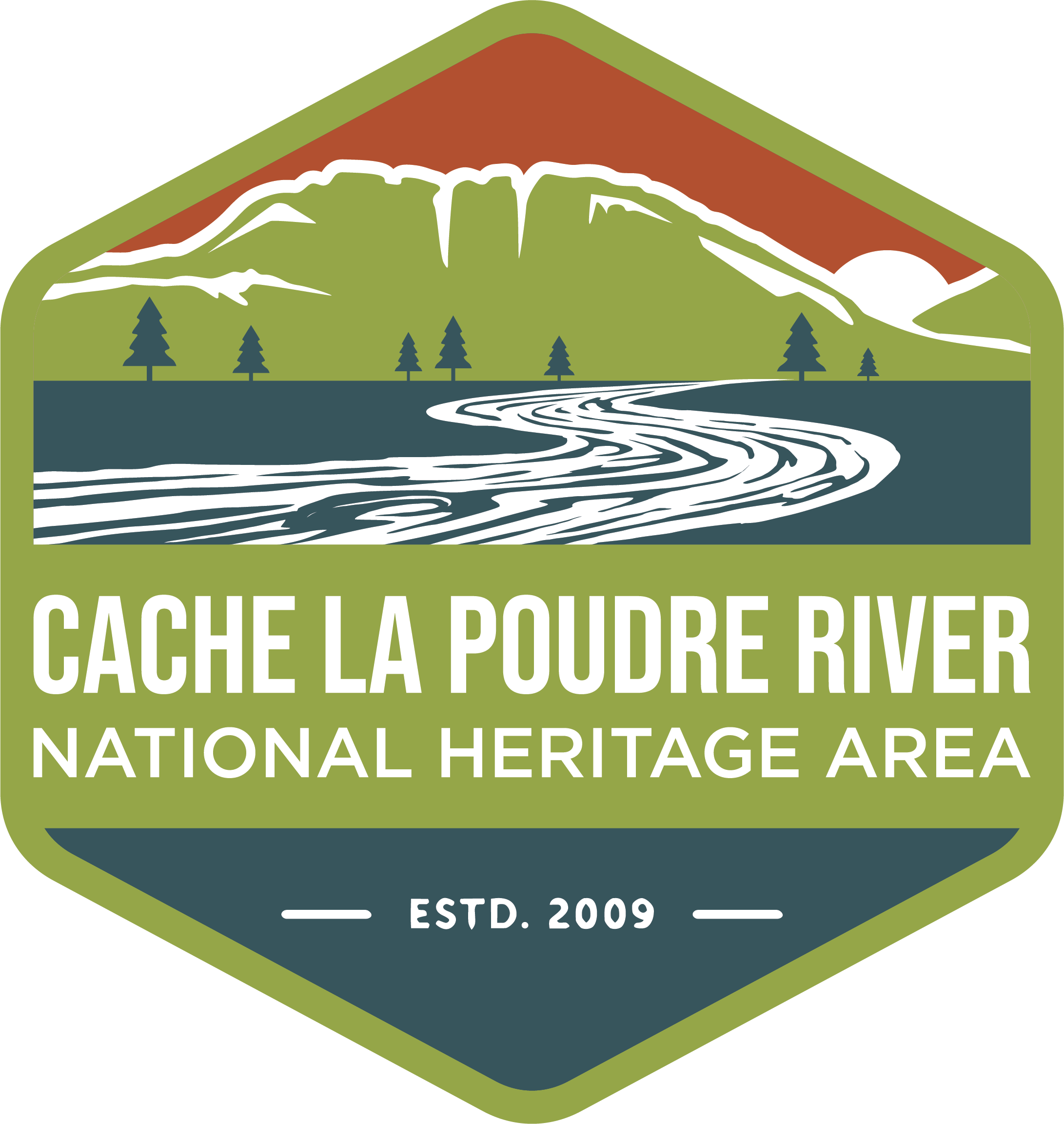
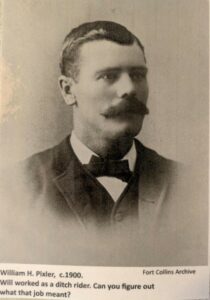
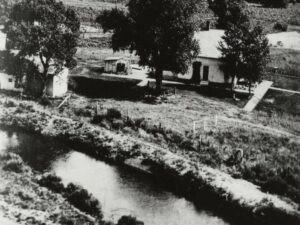



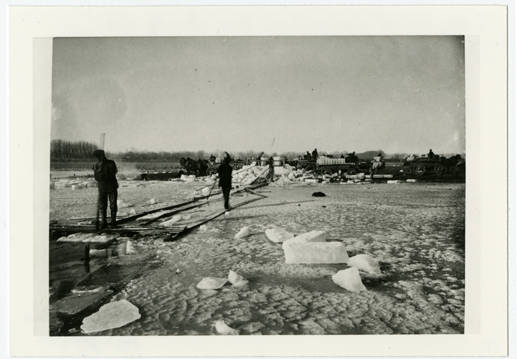
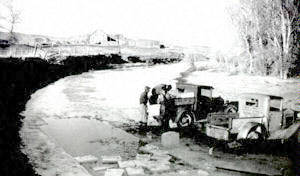
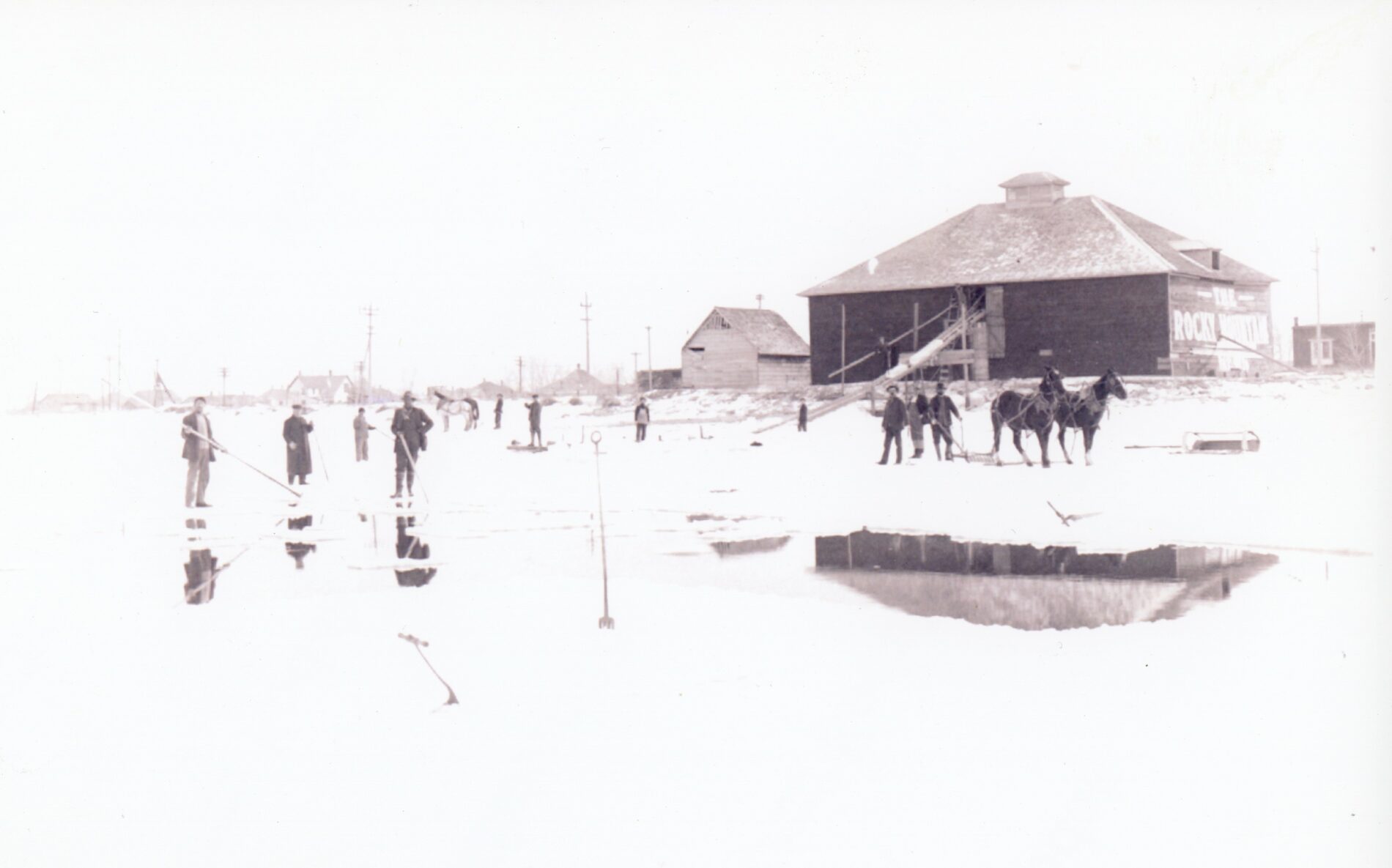
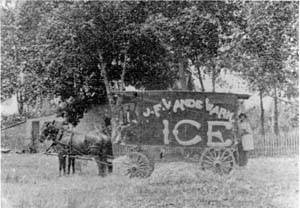
![The Riverside Ice and Storage Company and Risco Gas Station, 222 Laporte, Fort Collins, Colorado. "Archive at Fort Collins Museum of Discovery” [H08091]"](https://poudreheritage.org/wp-content/uploads/ph_14745_medium.jpg)
